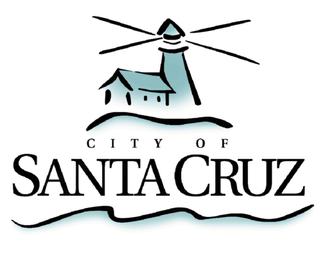The Santa Cruz Museum of Natural History is a leader in environmental education in Santa Cruz County, serving more than 30,000 children and adults each year.
Field Trips | Rentable Resources | Digital Resources
Field Trips
Home-school, private groups, and classes may reserve these field trips that take students outside to engage in hands-on exploration, observation, and field-based learning. Virtual programs are also available and asynchronous lessons can be found here.
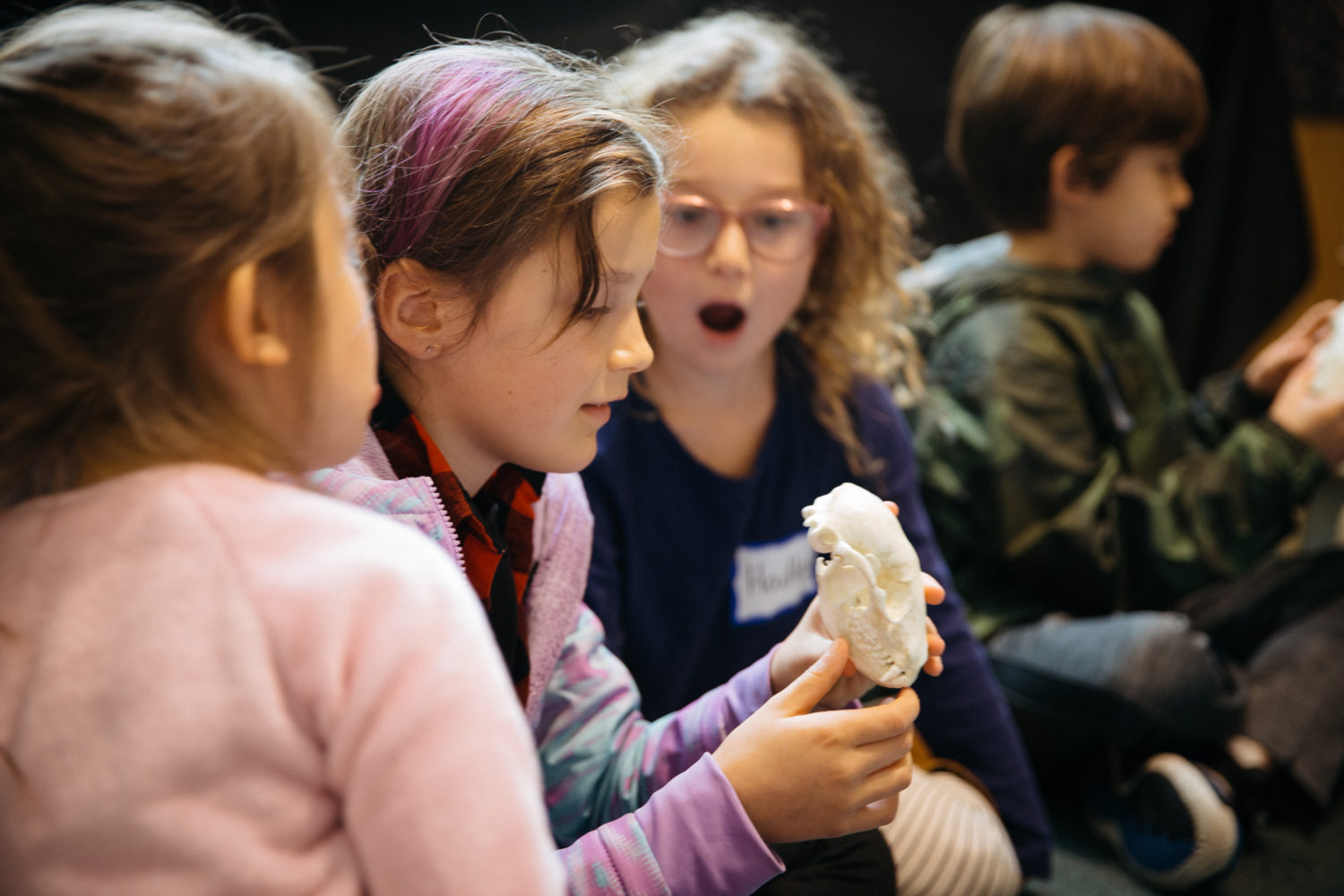
Our Animal Neighbors| K-2nd grade
Through an interactive, inquiry-driven program using animal specimens and games, students learn how to identify native animals and discuss structures and forms that help them to survive in their habitats. By focusing on common native animals and accessible habitats, this program encourages students to connect with wildlife and builds awareness of the animals that live around us. Available as an in-person or virtual program. Learn more.
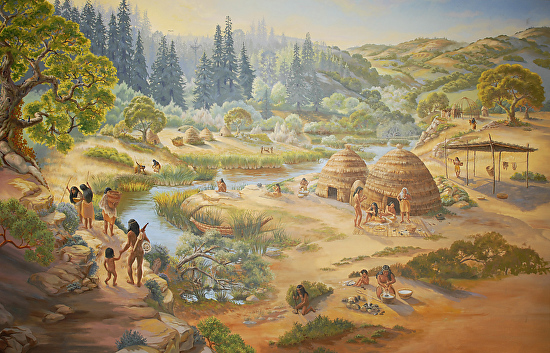
The First Peoples of Santa Cruz| K-4th grade
Students learn about the culture of the original inhabitants of the Santa Cruz region. Through exploration in our native plant garden and realia, students connect how native peoples utilized plants and animals to make tools and survive, and gain understanding of Indigenous lifeways. In the process of learning about how native people connect with their environment, students come to understand that humans are a part of the ecosystem. Available as an in-person or virtual program. Learn more.
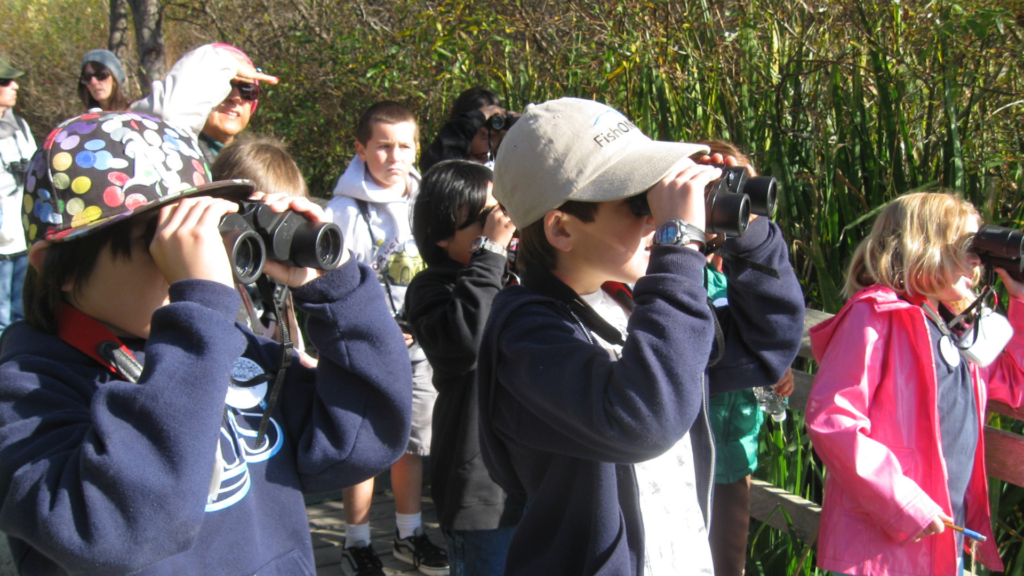
Wetland Walk | 3rd grade
Students explore the wetlands of Neary Lagoon and use binoculars to spot and record wildlife along a one-mile hike. By collecting data on their observations and comparing them to past data, students find patterns of seasonal change, migration, and human impacts. Learn more.
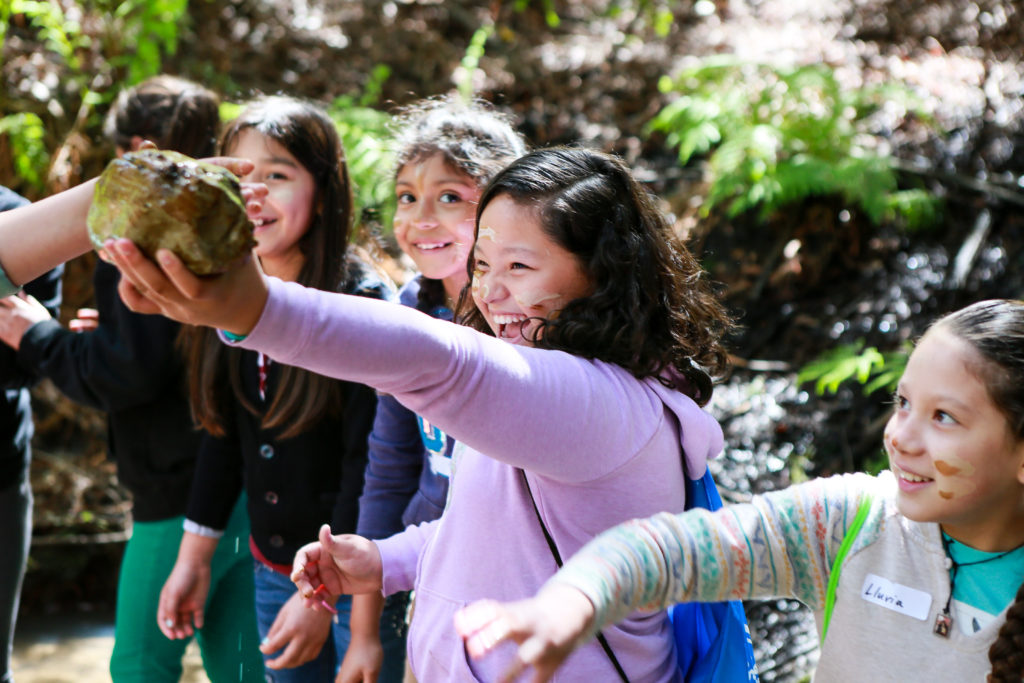
Nature Rangers | 4th grade
Students practice being naturalists by making observations and comparing natural communities and different ecosystems as they go on a 2-mile hike through Pogonip Open Space Preserve. Thinking about nature as a system, physically connecting these ecosystems by walking through them and collecting data to compare them, help students better understand the environment. Learn more.
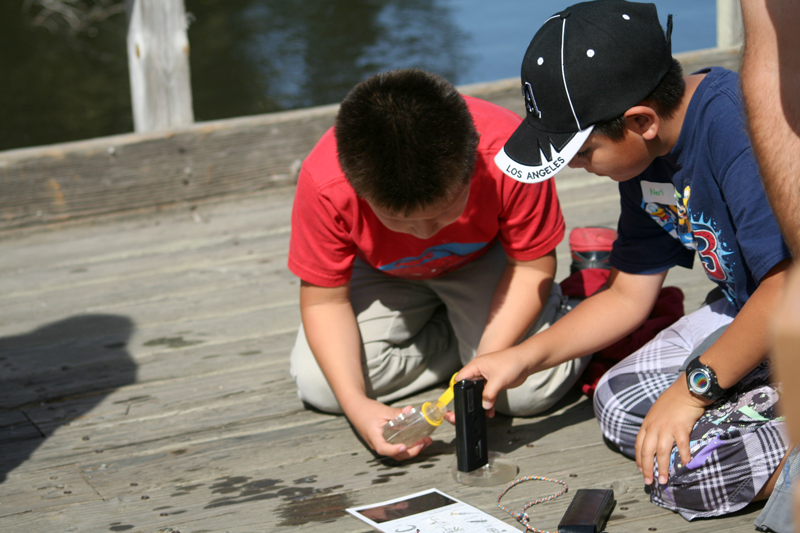
Watershed Walk | 5th grade
Through scientific assessments, this field trip at Neary Lagoon helps students build an understanding about their role in maintaining the integrity of their watershed. Combining field observations with water quality testing and data analysis, this field trip gives students the opportunity to not only develop skills but to experience and enjoy a unique habitat. Learn more.
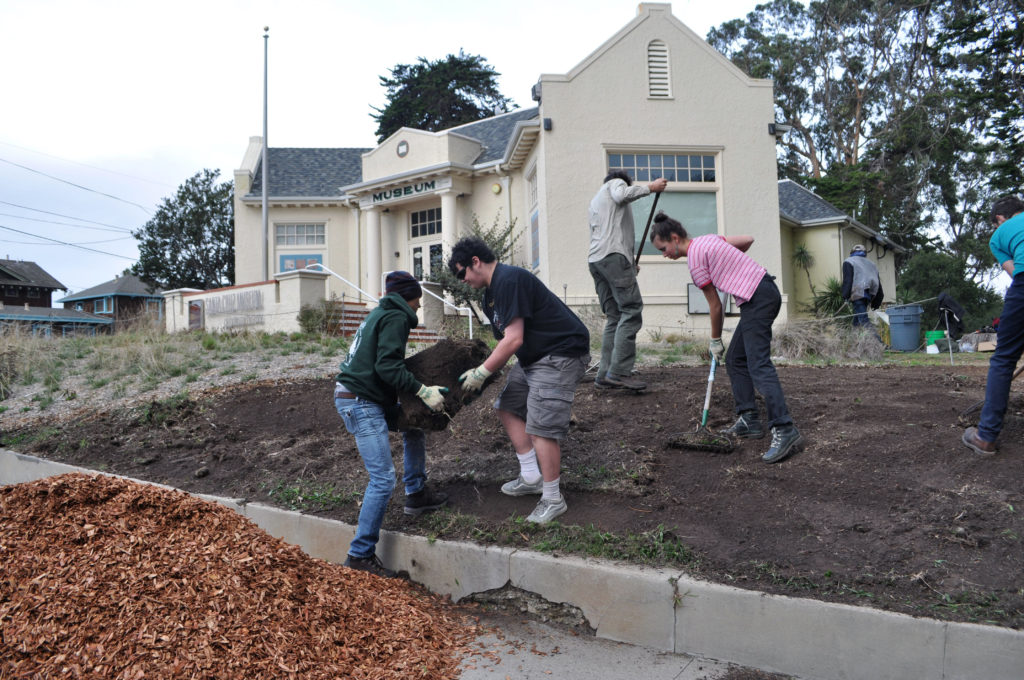
Earth Stewards Project | High School
The Earth Stewards Program is a service learning project for high school students focused on practicing stewardship and cultivating interest in green careers relating to natural resource management, parks and recreation, and the biological sciences. Learn more.
Self-Guided Group Visits
Explore the region’s diverse plant, animal, geologic and human communities from the shoreline of Monterey Bay to the summit of the Santa Cruz Mountains with your group.
A reservation is required for all groups of 10 or more people. By scheduling your group in advance, you guarantee adequate time and space for your group as well as other visitors to the Museum. Learn more.
Rentable Resources
Educators, parents, and community members are encouraged to utilize our educational kit and specimen rentals. Through standards-aligned curriculum and hands-on learning, these resources provide unique opportunities to engage with nature — wherever you are.
Kits
Educational Kits include artifacts, activities, and curriculum to support student learning. Kits can be used with the provided curriculum or to support your own lessons! We recommend that teachers rent kits to deepen the impact of their Museum-led field trips.
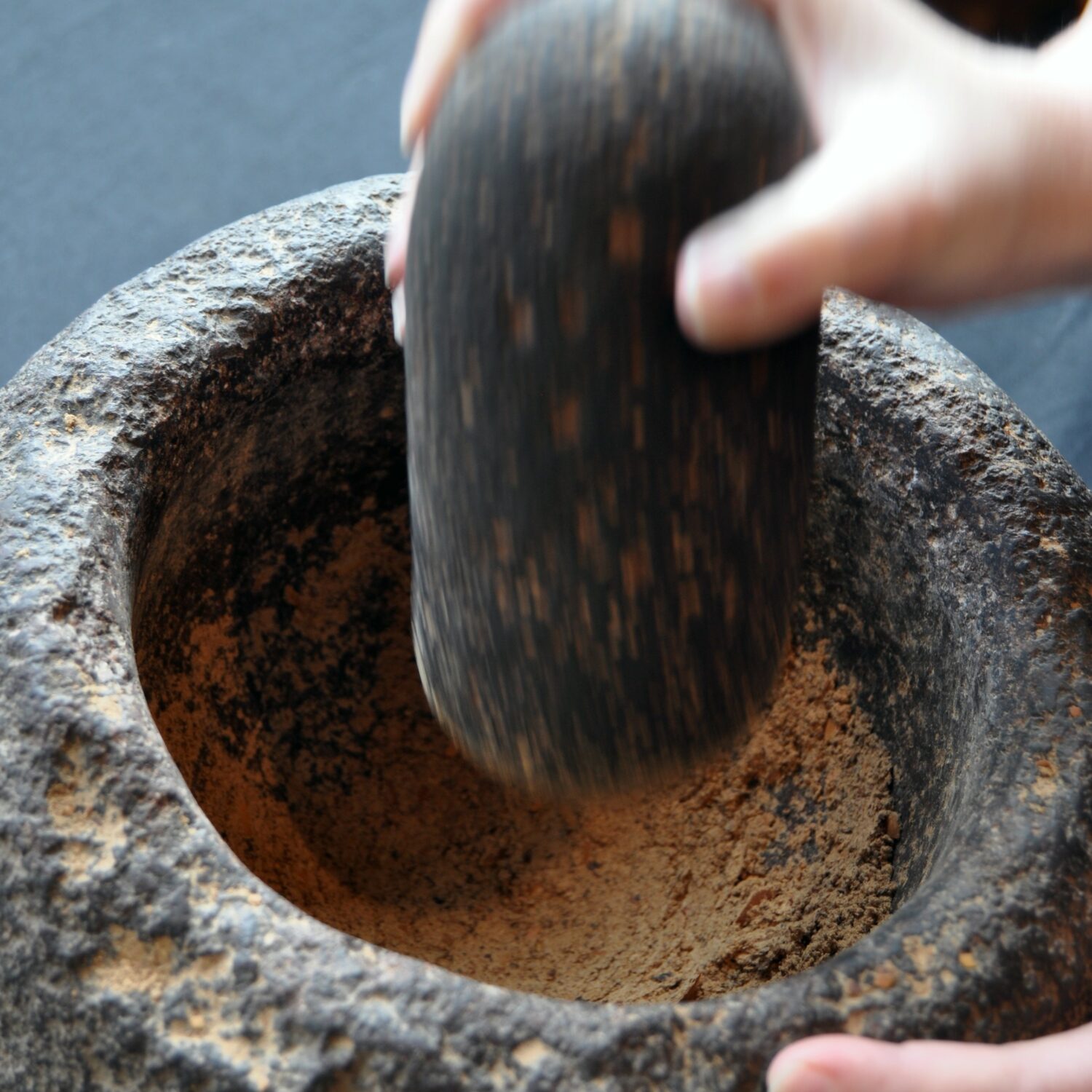
Best for K-4th grade. Examine Ohlone basketry, uses of native plants, how to process acorns into food, and animals that were important to Ohlone culture. Study oral tradition and storytelling, Ohlone art, and other cultural practices.
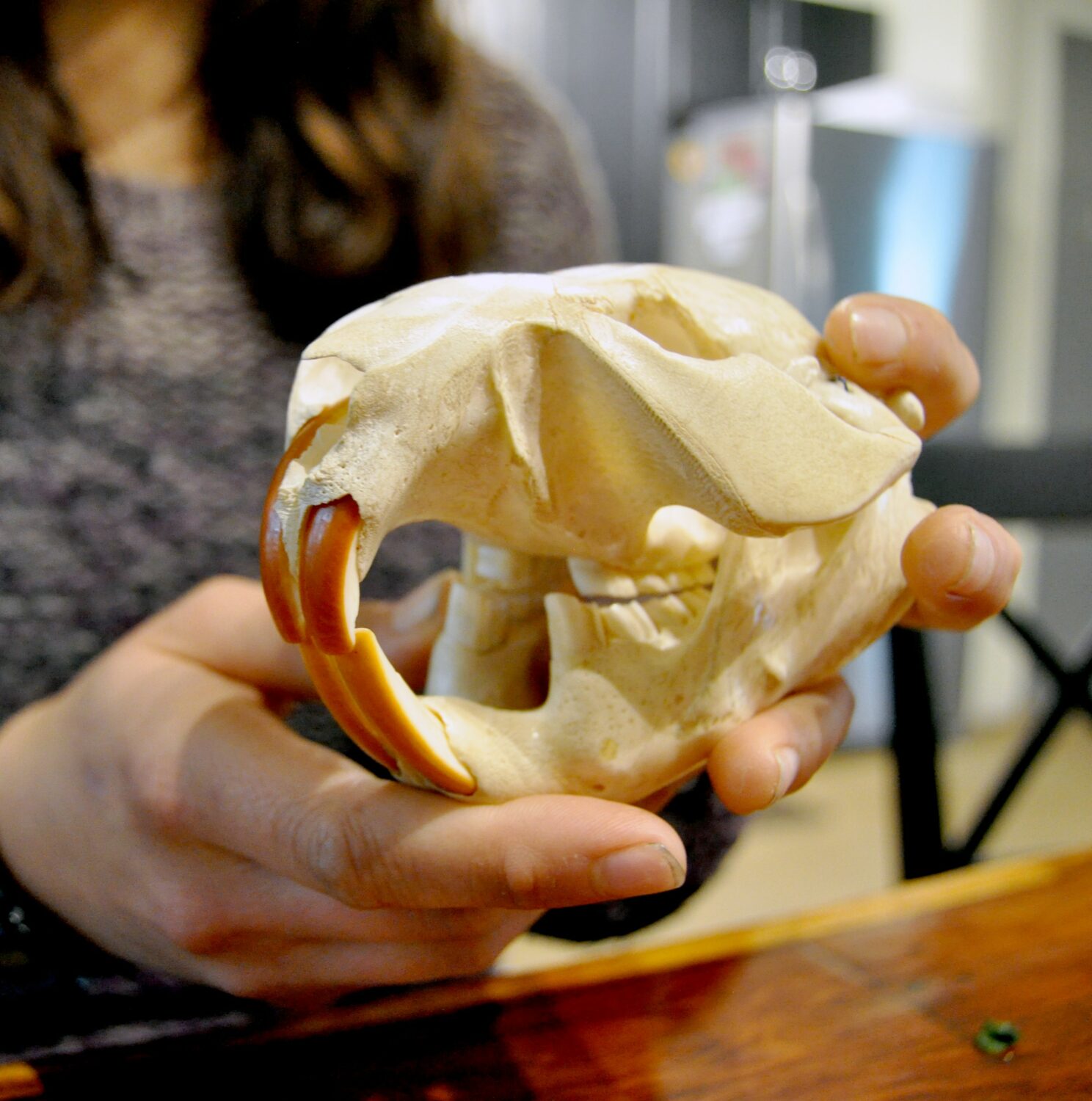
Best for K-4th grade. Learn about animal adaptations and local habitats. Become skull and track detectives using real specimens.
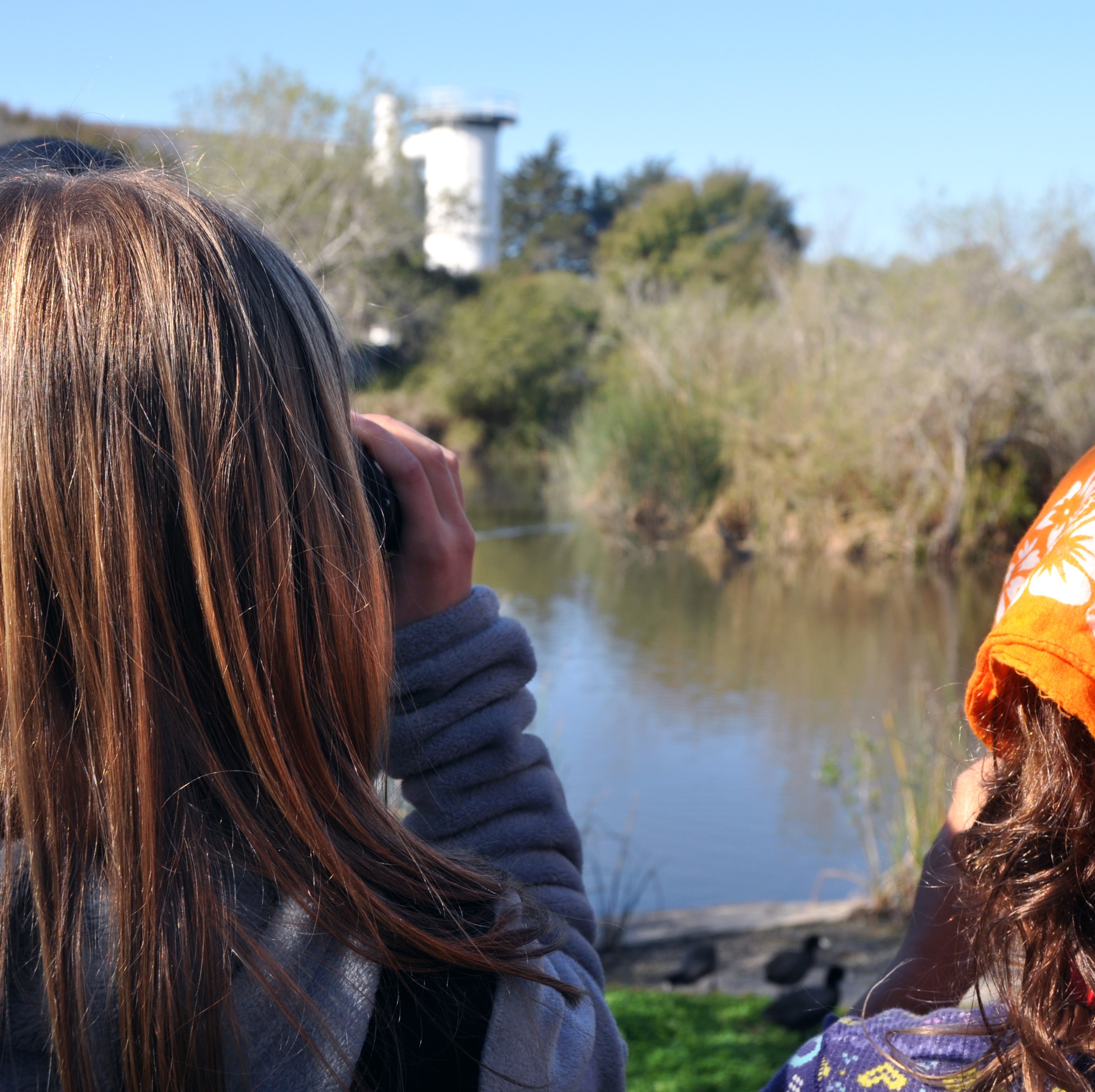
Best for 3rd grade. The activities within this kit will give your students a better understanding of such topics as adaptations, the wetland habitat, change in environments, and data collection.
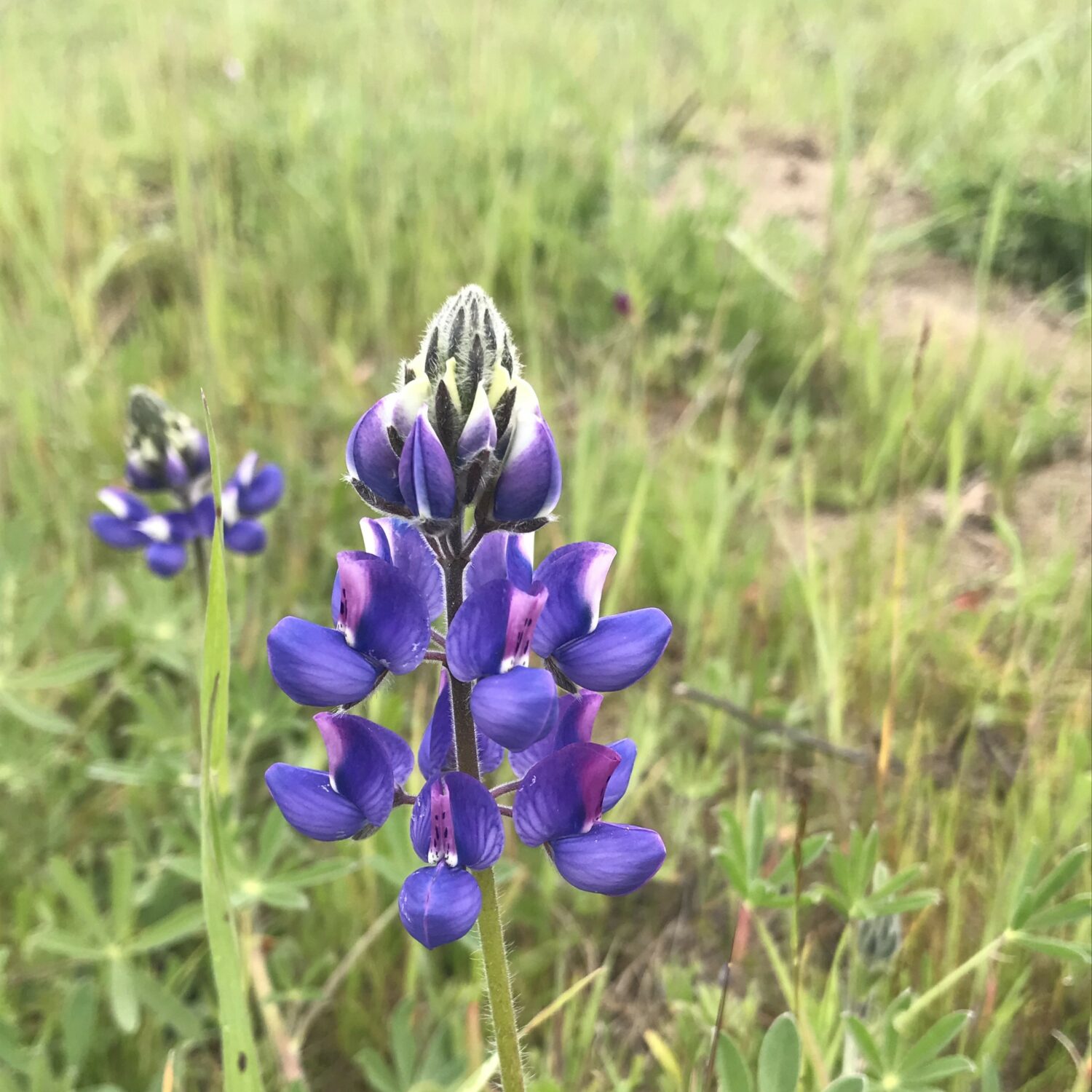
Best for 4th grade. Give your students a better understanding of such topics as adaptations, community connectivity, human influences and change over time using unique artifacts and hands-on exploration.
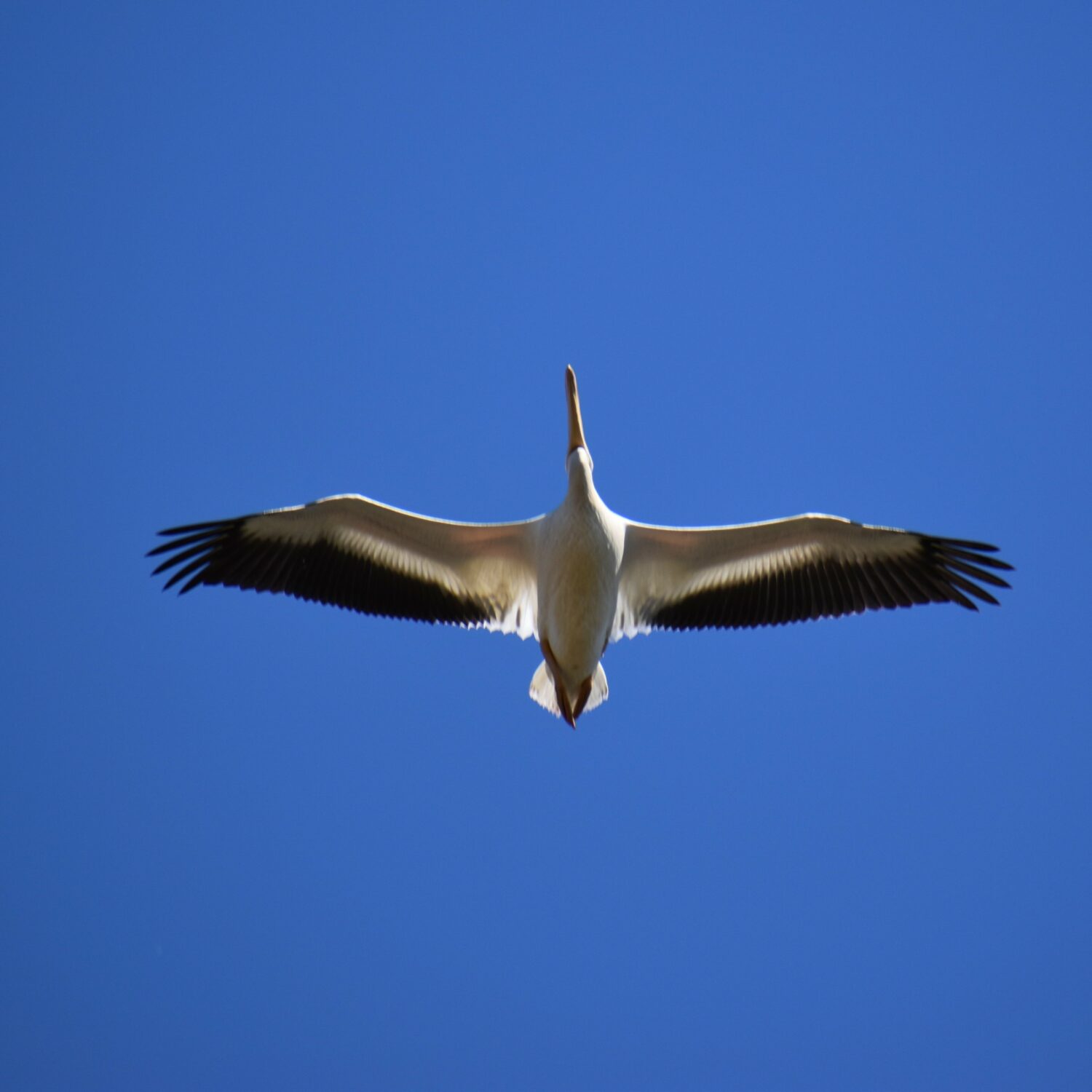
Best for 5th grade. The activities within this kit will give your students a better understanding of such topics as watersheds, ecosystem connectivity, human influences, and data collection using unique artifacts and hands-on exploration.
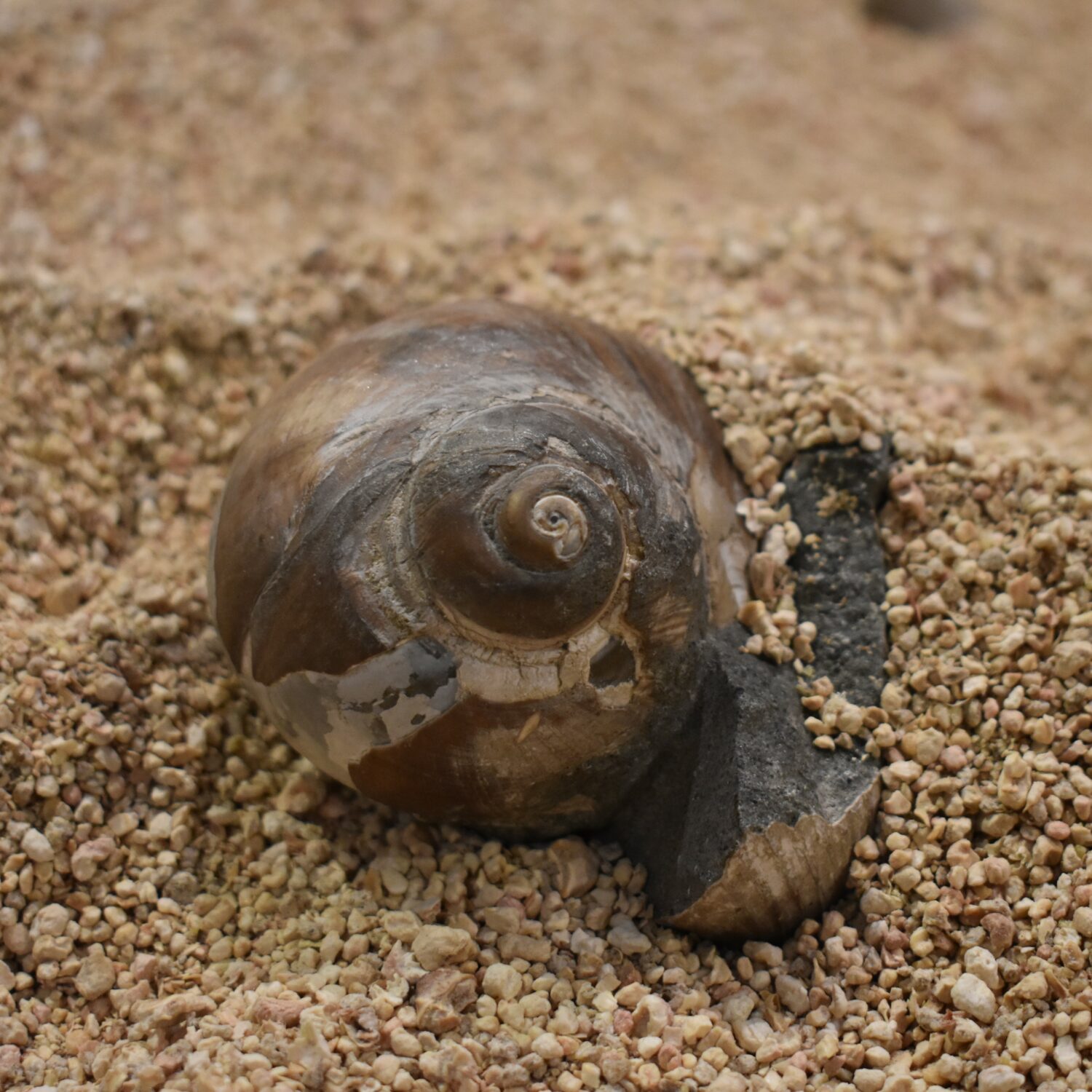
Best for 3rd grade and above. Explore the prehistoric world of Santa Cruz by examining fossil specimens found from the coast all the way up to the top of the Santa Cruz Mountains. Our fossil kit will transport you back over 10 million years into the past to unlock the knowledge of what nature looked like back then.
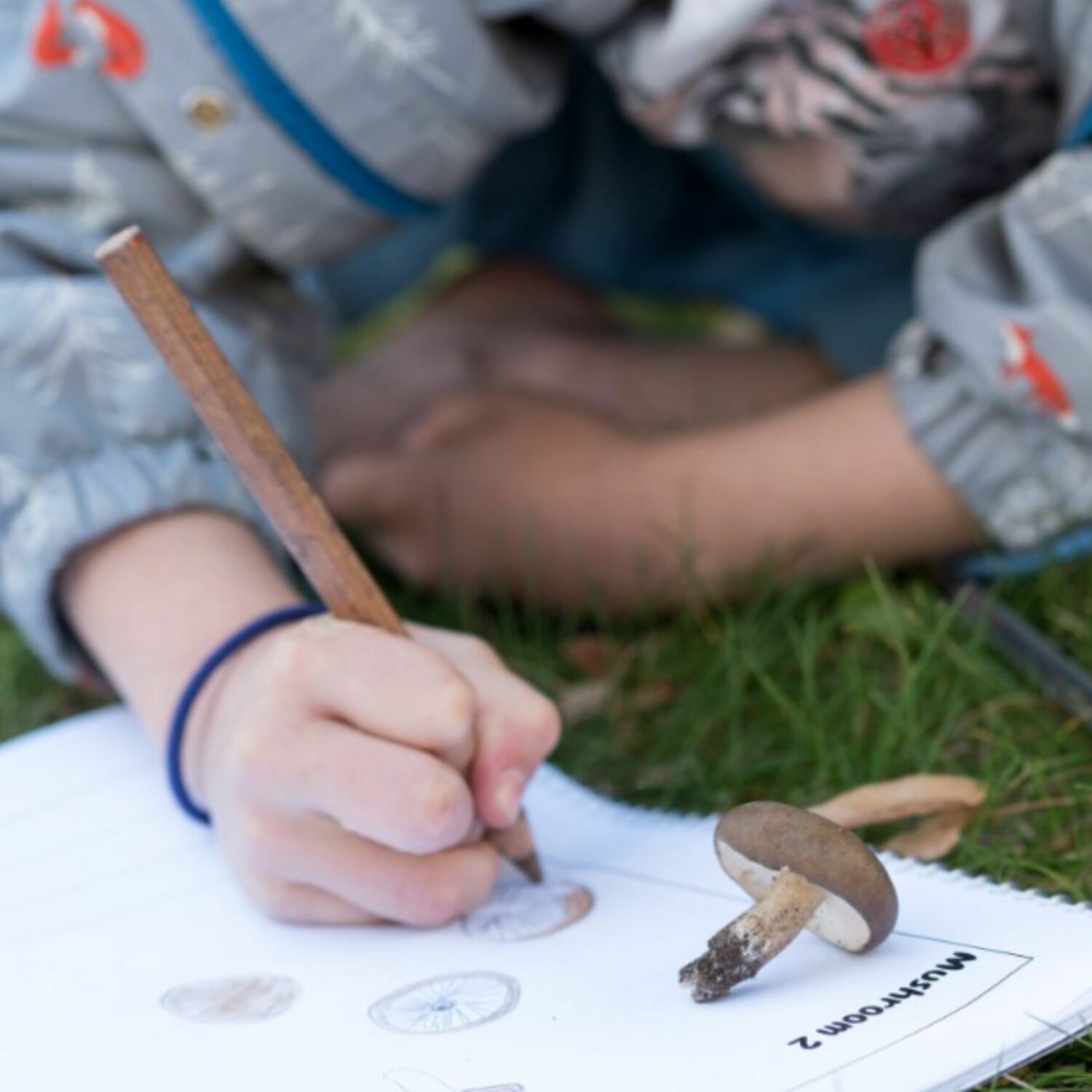
Best for 2nd-5th grade. Learn about the intersection of art and science with activities geared towards observation and exploration of nature. Exercises include nature journaling, specimen sketching, science illustration, and more.
Specimens
We have a selection of specimens and artifacts to rent, with accompanying curriculum and activities. Learn More
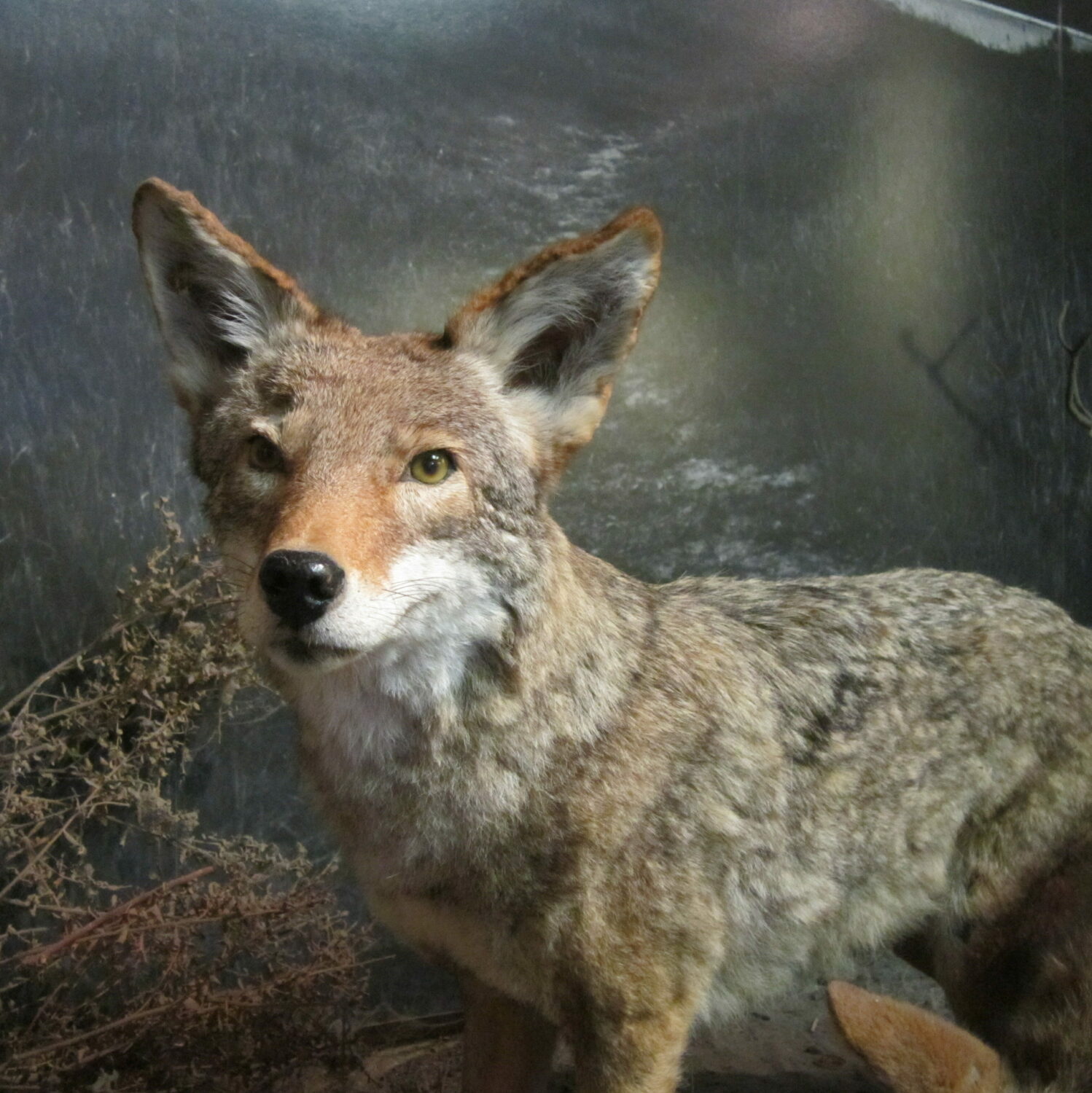
- Coyote*
- Golden Eagle*
- Great Horned Owl
- Mallard Duck
- Northern Shoveler Duck
Digital Resources
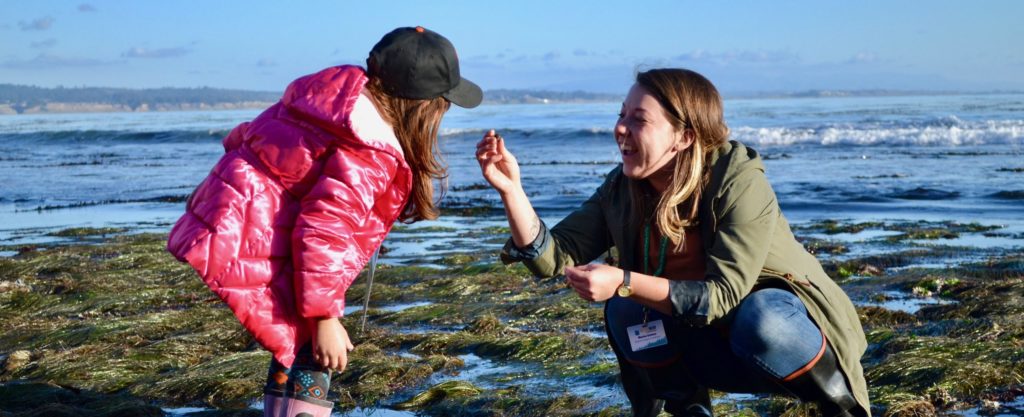
The Museum At Your Side
The Museum At Your Side is a collection of hands-on activities, informative articles, and engaging videos to connect you with nature and science wherever you are!
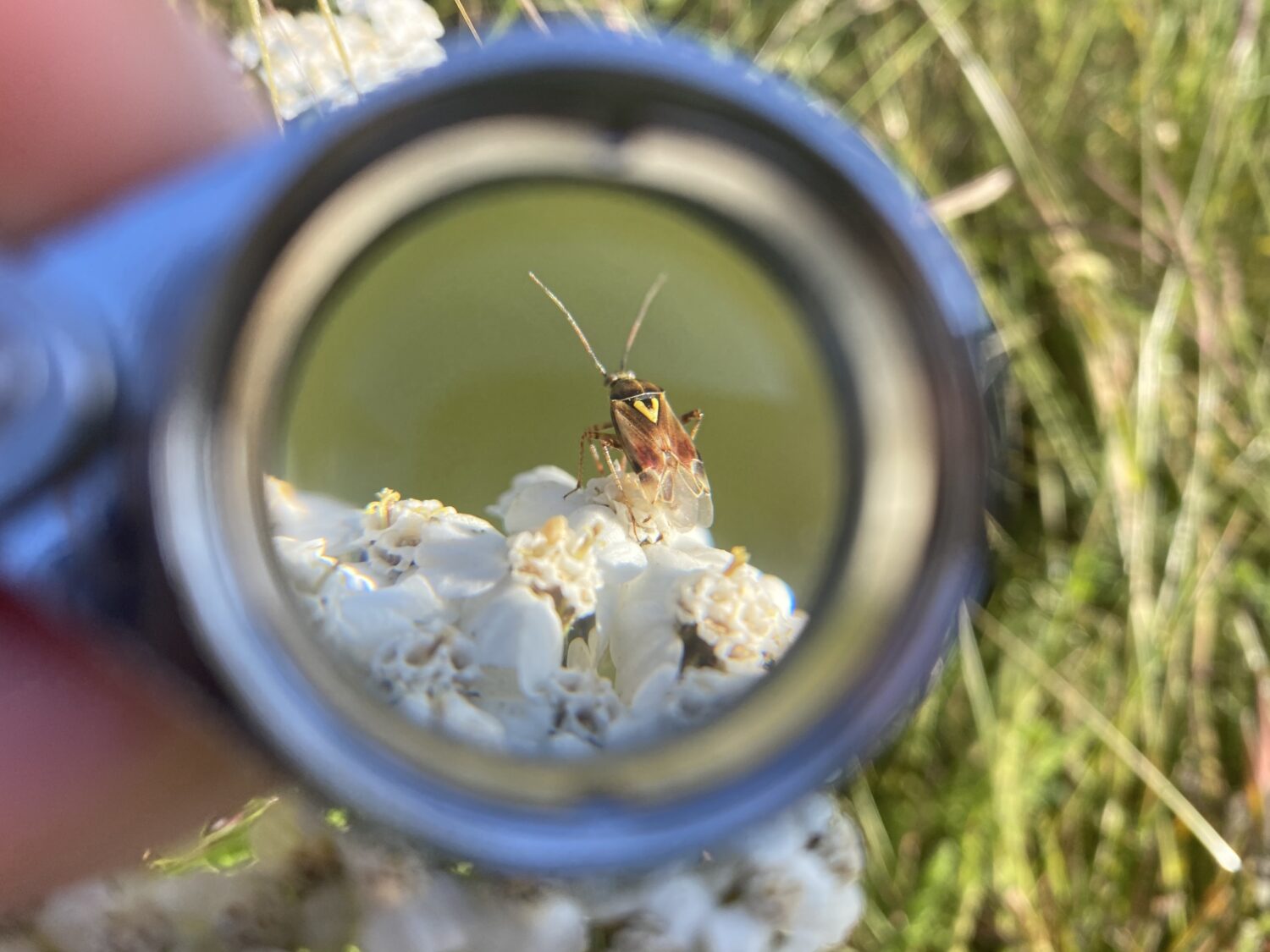
Lesson Plans for Grades K-5
These free lesson plans include teacher guides and student guides for asynchronous learning, with narrated slides to support students who are learning to read.
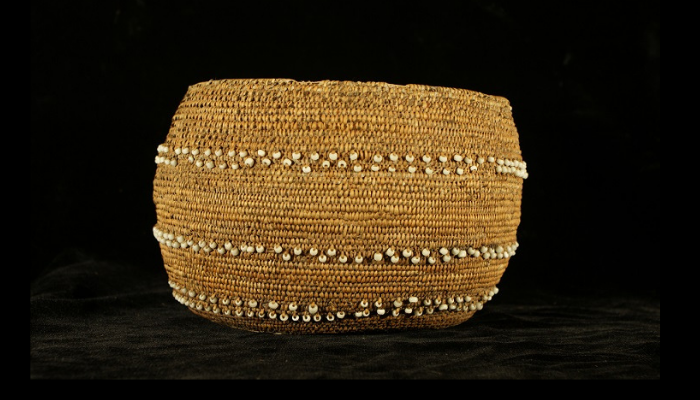
Virtual Exhibit: The First Peoples of California
In this virtual exhibit, explore the many ways Native Californians have survived and thrived through their knowledge and use of the natural landscape. Text, video, slideshows, and learning extensions bring the Museum’s physical exhibit to life in the digital realm.
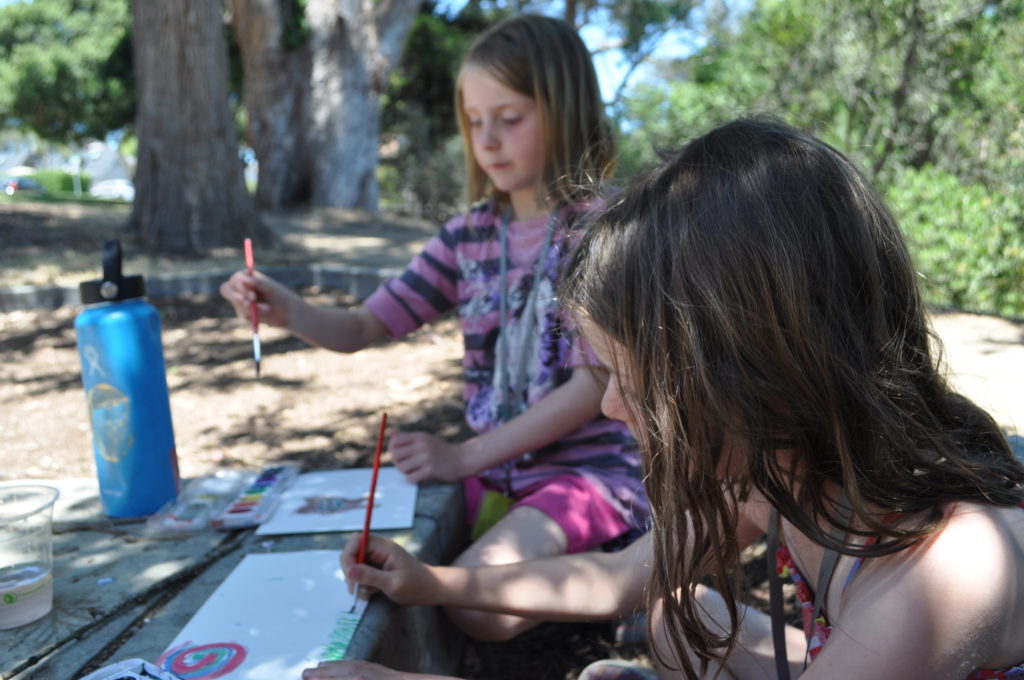
Recommended Reading
Explore our list of suggested resources to further your knowledge of Indigenous California, local natural history, and environmental education. Learn more.
Sponsors
Thanks to our school program supporter, the City of Santa Cruz.
